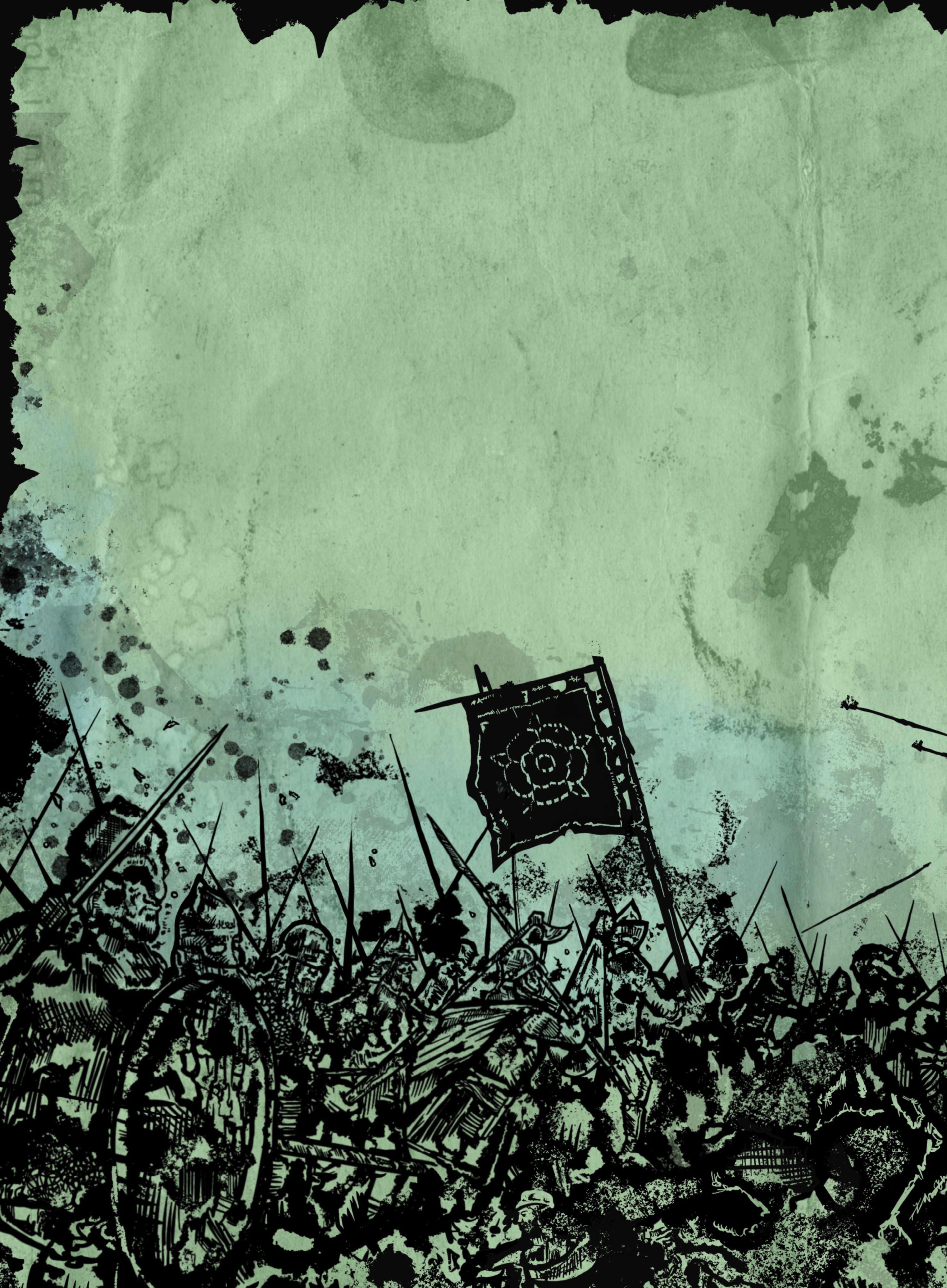Battlefield Notts It was the battle that finally ended the War of the Roses, the bloody civil struggle for control of the throne that plagued England for decades, and has been described as one of the defining moments in the country’s history. With this month marking the 533rd anniversary of the events that took place on Nottinghamshire’s only registered battlefield, we take a look at the story behind The Battle of Stoke Field… When George R.R. Martin first started writing A Game of Thrones, there was one period in English history that he drew upon above all others for inspiration. Over a half a millenia later, it’s almost impossible to envision just how devastating the impact of the War of the Roses was on the country. Lasting over three decades, the series of dynastic civil wars fought between the House of Lancaster and the House of York, both branches of the same royal House of Plantagenet, featured inescapable brutality; during the Battle of Towton alone, 3% of the entire male population of England was killed during a single day. Though they included no fire-breathing dragons or walking undead, the events of the long-running conflict featured a string of weak or nefarious monarchs, chivalrous princes slaughtered in their prime, plenty of cloak-and-dagger scheming and the complete destruction of the male lines of both families. In every sense, the War of the Roses was one of, if not the definitive turning point in the history of England, bringing an end to both the Middle Ages and the Plantagenet reign – which had endured for over three centuries – and establishing a Tudor dynasty that would radically and permanently alter the course of English history. The details of the war itself could fill this entire magazine, so complex and eclectic were the array of characters, houses, events and battles. But
suffice to say, three decades of sporadic civil war had seen King Henry VI murdered, lengthy periods of instability, the involvement of Scotland, France and Burgundy, the crown of England changing hands six times and twenty major military engagements which had led to most of the key figures who had initiated the conflict murdered, executed or killed in battle. To return to the Game of Thrones analogy, think Season Eight (without the terrible writing): Ned, Robb, Ramsay, Joffrey, Tommen, Stannis, Tywin, Roose and Robert are all dead and gone, but the carnage continues unabated.
The stage had been set, and it would be all or nothing for Lincoln and the Yorkists in Nottingham While the Battle of Bosworth Field in 1485 is often seen as the war’s definitive latter-period engagement, owing to the defeat and death of Richard III, the last king of the House of York (as well as the last English monarch to die in battle), the war rumbled on. The victor at Bosworth, Henry Tudor – now King Henry VII – sits uneasily on the throne. His attempts to gain the acceptance of the York faction through marriage to their heiress, Elizabeth of York, hasn’t had
the desired effect, and his clasp of power remains far from secure. Next in line on the seemingly endless conveyor belt of Yorkist claimants to the throne was the Queen’s cousin, Edward, Earl of Warwick. The young boy was brought to the attention of John de la Pole, Earl of Lincoln who, having previously been named as royal heir under Richard III, saw an opportunity for revenge and lent his support to the cause. Except the boy they had wasn’t actually Edward at all, but rather an imposter named Lambert Simnel. Unbeknownst to the would-be rebels, the real Edward, who had displayed signs of a mental disability and was described by chronicler Edward Hall as not being able to “discern a goose from a capon”, had been locked in the Tower of London by Henry. Ten-year-old Lambert was nothing more than the son of a baker or tradesman, and had inexplicably been selected as the figurehead around which to mount one last chance of snatching the English throne for the House of York. Ireland had always been a hotbed of Yorkist support, so it was there that Lincoln and his cohorts headed in May 1487, recruiting 4,500 Irish mercenaries and drumming up the support of the Irish nobility and clergy. Less than three weeks after arriving, Lambert Simnel, the imposter boy-King, was crowned King Edward VI in Dublin, before the newly bolstered ranks sailed back to Lancashire. After being joined by a number of local gentry, the Yorkist army covered over 200 miles in five days during a series of forced marches. Their ambitions were clear: to catch Henry Tudor off-guard and seize the throne before he







